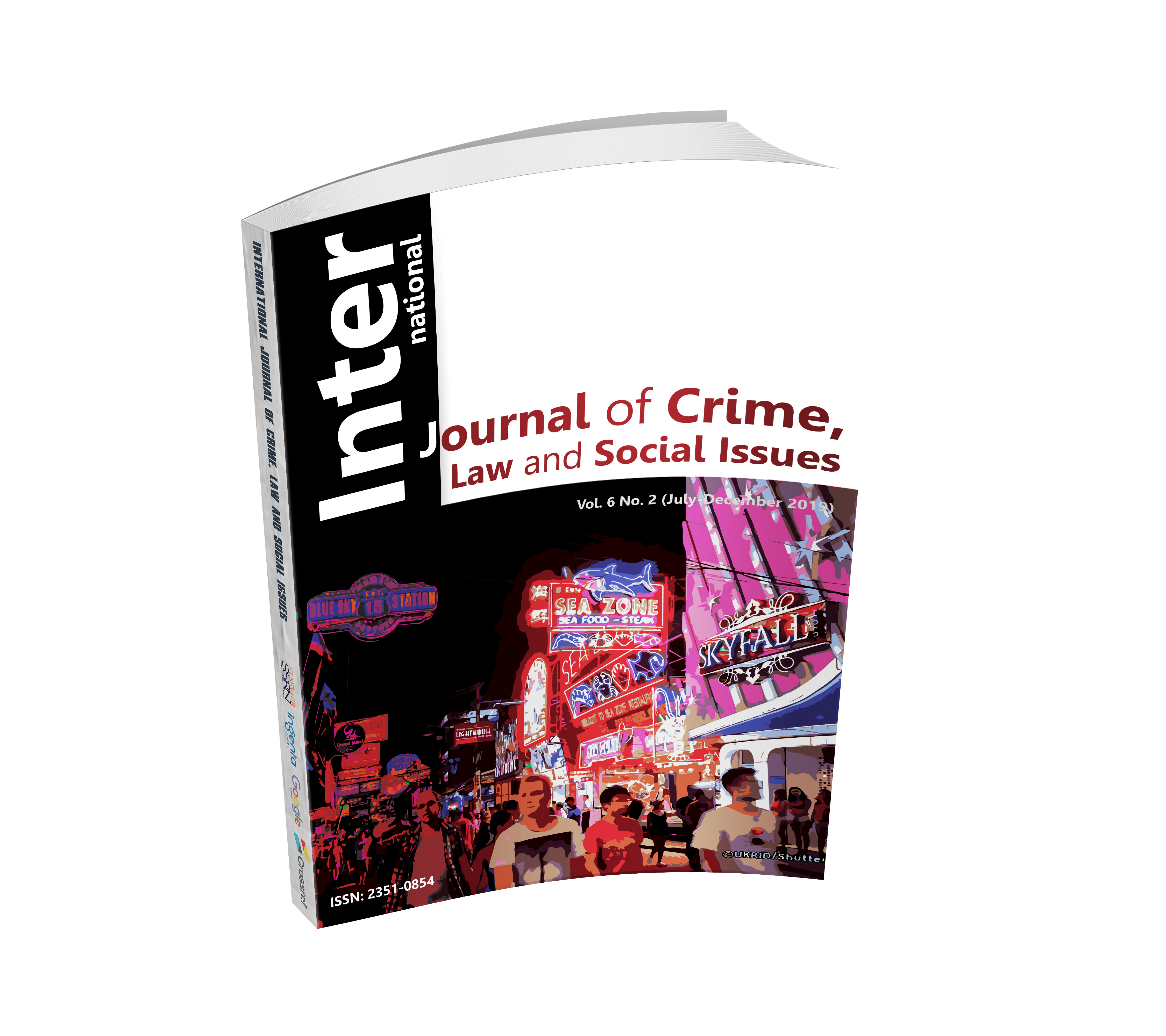The Strategy for Ethical Behavior Movement of Five Precepts Village’s Project in Buddhism: A Case Study of Nongyangkham Village, Nong Khai Province, Thailand
Keywords:
Strategy, Five Precepts Village’s Project, BuddhismAbstract
The objectives of this research were 1) to study the mechanism of Five Precepts Village’s Project, 2) to study procedures of Five Precepts Village’s Project, 3) to monitor and evaluate results of Five Precepts Village’s Project, and 4) to establish a strategic approach on movement of Five Precepts Village’s Project. This research was hold at Nongyangkham village, Nong Khai Province, Thailand and separated for 3 periods. The first was by interview 12 key informants and content analysis techniques to compose context. The second was to questionnaire 181 persons and analyzing by multiple linear regression analysis. The third used group discussion with 12 people purposive. The results were found that; (A) The first: the Ethical Behavior consist of (1) seven contexts factors, (2) four procedures factors, (3) three types results and (4) eight strategy approach. (B) The second: The influential factors affecting the ethical behavior of villagers were the community expectancy’s factor (ß =.329), the mind persuasion art's factor (ß =.302), the continuity of activities’ factor (ß =.281) [F = 63.427; p-Value = 0.001]. And (C) the third: the Strategy for Ethical Behavior Movement were: (1) Leadership of abbots in Buddhism, (2) Continuity of activities, (3) The participation of all, (4) Mind persuasion arts and (5) Community expectancy.
Downloads











.png)


